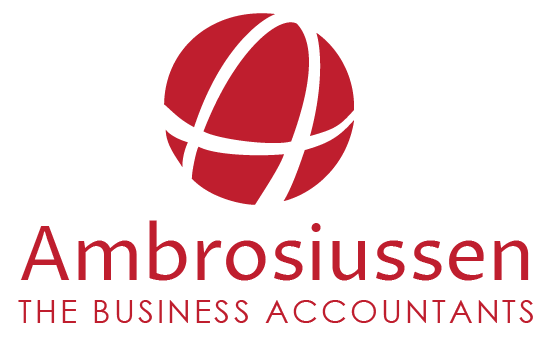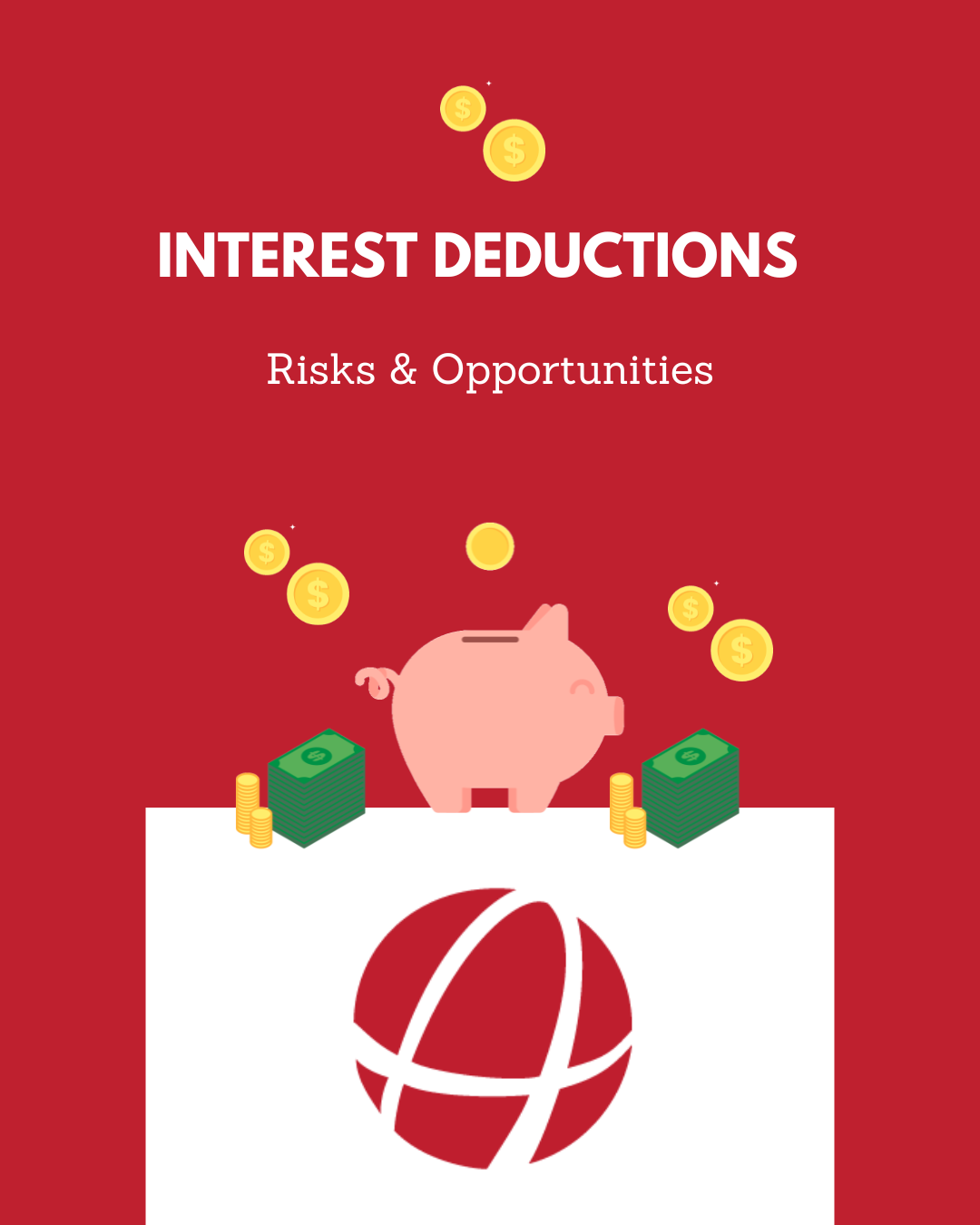ATO Interest Charges Are No Longer Tax Deductible
October 10, 2025
What you can do

Leaving debts outstanding with the ATO is now more expensive for many taxpayers.
General interest charge (GIC) and shortfall interest charge (SIC) imposed by the ATO are no longer tax-deductible from 1 July 2025.
This applies regardless of whether the underlying tax debt relates to past or future income years.
With GIC currently at 11.17%, this is now one of the most expensive forms of finance in the market — and unlike in the past, you won’t get a deduction to offset the cost.
For many taxpayers, this makes relying on an ATO payment plan a costly strategy.
Refinancing ATO debt
Businesses can sometimes refinance tax debts with a bank or other lender. Unlike GIC and SIC amounts, interest on these loans might be deductible for tax purposes, provided the borrowing is connected to business activities.
While tax debts will sometimes relate to income tax or CGT liabilities, remember that interest could also be deductible where money is borrowed to pay other tax debts relating to a business, such as:
- GST
- PAYG instalments
- PAYG withholding for employees
- FBT
However, before taking any action to refinance ATO debt it is important to carefully consider whether you will be able to deduct the interest expenses or not.
Individuals
If you are an individual with a tax debt, the treatment of interest expenses incurred on a loan used to pay that tax debt really depends on the extent to which the tax debt arose from a business activity:
- Sole traders: If you are genuinely carrying on a business, interest on borrowings used to pay tax debts from that business is generally deductible.
- Employees or investors: If your tax debt relates to salary, wages, rental income, dividends, or other investment income, the interest is not deductible. Refinancing may still reduce overall interest costs depending on the interest rate on the new loan, but it won’t generate a tax deduction.
Example: Sam is a sole trader who runs a café. He borrows $30,000 to pay his tax debt, which arose entirely from his café profits. The interest should be fully deductible.
However, if Sam also earns salary or wages from a part-time job and some of his tax debt relates to the employment income, only a portion of the interest on the loan used to pay the tax debt would be deductible. If $20,000 of the tax debt relates to his business and $10,000 relates to employment activities, then only 2/3rds of the interest expenses would be deductible.
Companies and trusts
If a company or trust borrows to pay its own tax debts (income tax, GST, PAYG withholding, FBT), the interest will usually be deductible if it can be traced back to a debt that arose from carrying on a business.
However, if a director or beneficiary borrows money personally to cover those debts, the interest would not normally be deductible to them.
Partnerships
The position is more complex when it comes to partnership arrangements. If the borrowing is at the partnership level and it relates to a tax debt that arose from a business carried on by the partnership then the interest should normally be deductible. For example, this could include interest on money borrowed to pay business tax obligations such as GST or PAYG withholding amounts.
However, the ATO takes the view that if an individual who is a partner in a partnership borrows money personally to pay a tax debt relating to their share of the profits of the partnership, the interest isn’t deductible. The ATO treats this as a personal expense, even if the partnership is carrying on a business activity.
Practical takeaway
Leaving debts outstanding with the ATO is now more expensive than ever because GIC and SIC are no longer deductible.
Refinancing the tax debt with an external lender might provide you with a tax deduction and might also enable you to access lower interest rates.
The key is to distinguish between tax debts that relate to a business activity and other tax debts. For mixed situations, you may need to apportion the deduction.
If you’re unsure how this applies to you, talk to us before arranging finance. With the right strategy, you can manage tax debts more effectively and avoid costly surprises.




